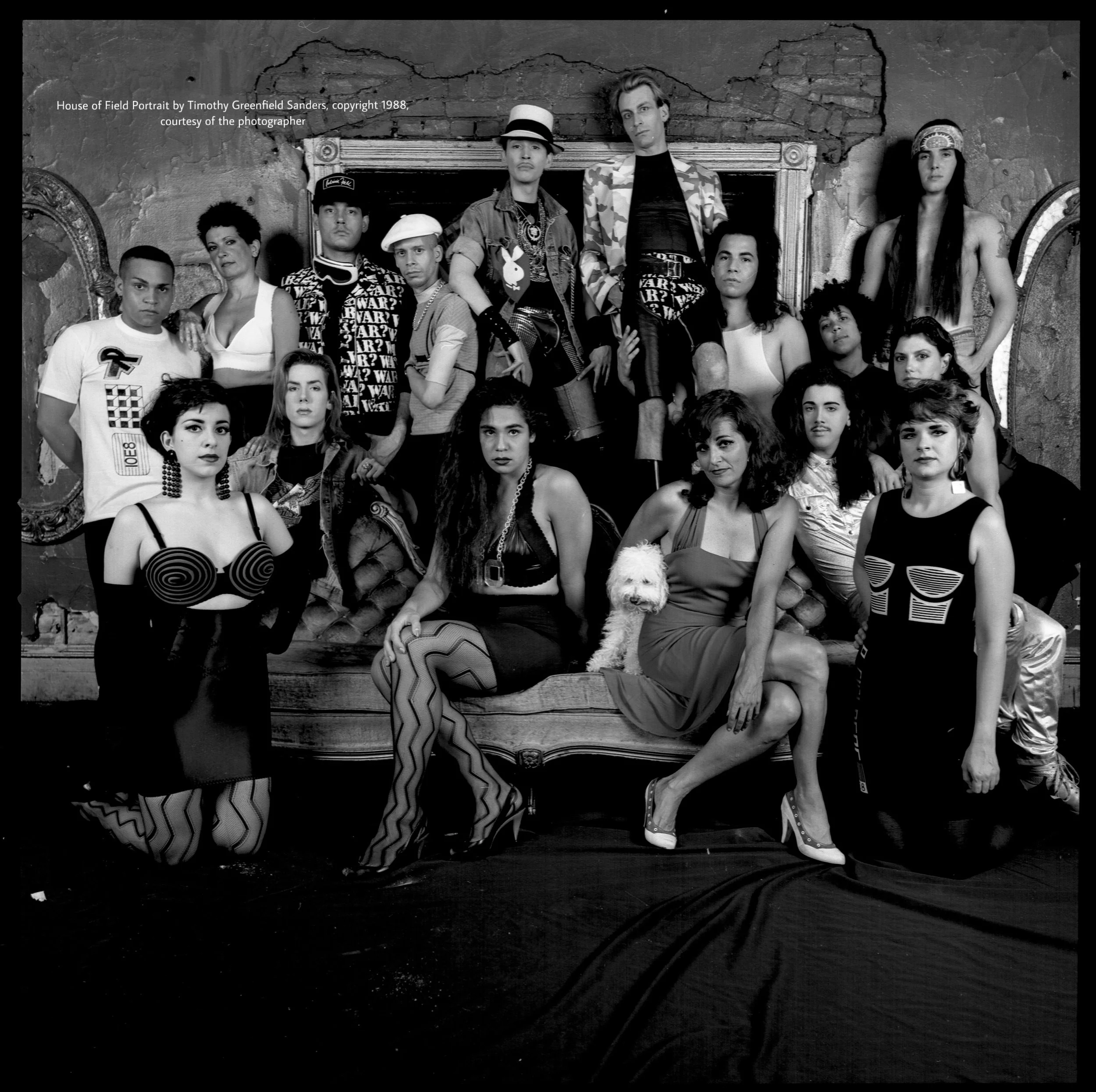The Children
By Myroc
all rights reserved, copyright 2020, Myroc Productions
The power of being an outsider manifested in the legends surrounding the Paradise Garage and the ball scene of the 1980’s, two places connected by the convergence of “the children.” Longing for acceptance, transforming through belonging, marked by loss and transitions, these artists and creators bonded together by their trailblazing innovations in fashion, dance, and art. In these places, the reverence to the history they lived remains a cherished jewel, bestowing gifts to this day.
Down the block from the corner of King and Varick Street in NYC, stood a nondescript private and guarded entrance to 84 King street. A trucking ramp infused with bass and shrouded in darkness, led to the dance floor, where a sea of bodies moved freely to the beat. Wizardly DJ Larry Levan with his custom-made Richard Long sound system controlled those who came to this private church-like place, every weekend. The devotees rejoiced in belonging, having found their people. The crystal room within the Paradise Garage was the domain of the Harlem ball children, each corner colonized by the individual Houses, who sparred with each other, voguing like fighting without touching, reading each other, and erupting into intoxicating laughter. The staircase of the crystal room, ironically led to nowhere, yet added drama to the display. Unless one could take the shade, many dared not enter. The rooftop and the movie theatre completed this wonderland of sound, movement, and community, where the children congregated in groups to lounge and luxuriate their senses. But when the notes and bass of a certain song rumbled through the air, these group gathering places would be abandoned en mass for the dance floor, where the children tripped into ecstasy.
Similarly, entering the Elks Lodge on 129th street in Harlem opened the door to the paradox of belonging coupled with competition. On the stage in the rear of the building stood the podium for the MC and the display of the fierce judging panel composed of the elders. The balcony around the room rimmed the heights with clusters of competitors and observers, gazing down, reading, laughing, and preparing to show their grand prize best. Tables and chairs lined the cleared central wooden floor, piled with garment bags, food and beverage containers. Within this hallowed space, the children moved, preparing and anticipating: beautiful, expressively shady, and physically demanding of attention. Ceremony and tradition of the Grand March by the hosting House gave way to hours of fashion, beauty, and attitude categories, voguing, music, and trophies, and the familiar anthem, “Love is the Message”. If one ever needed to be on a team, or a member of a House, this was the time.
With teenage curiosity the children ventured into both these places and found fever, fierceness, friendship, and the beauty of the pop, dip, spin: Spectacular forces of maturation. Stepping out and away, slave to the rhythm, the children expressed themselves through artistry, fulfilled their need to belong, and became legendary. For those living legends who honor and mourn those who passed before us, we live our unfinished lives as unfinished human beings, still creating, still inventing. We look back with reverie but live now with purpose, recognizing that the message all along has been about love, retaining a kind of self-acceptance and coming to peace with that desire to belong.





